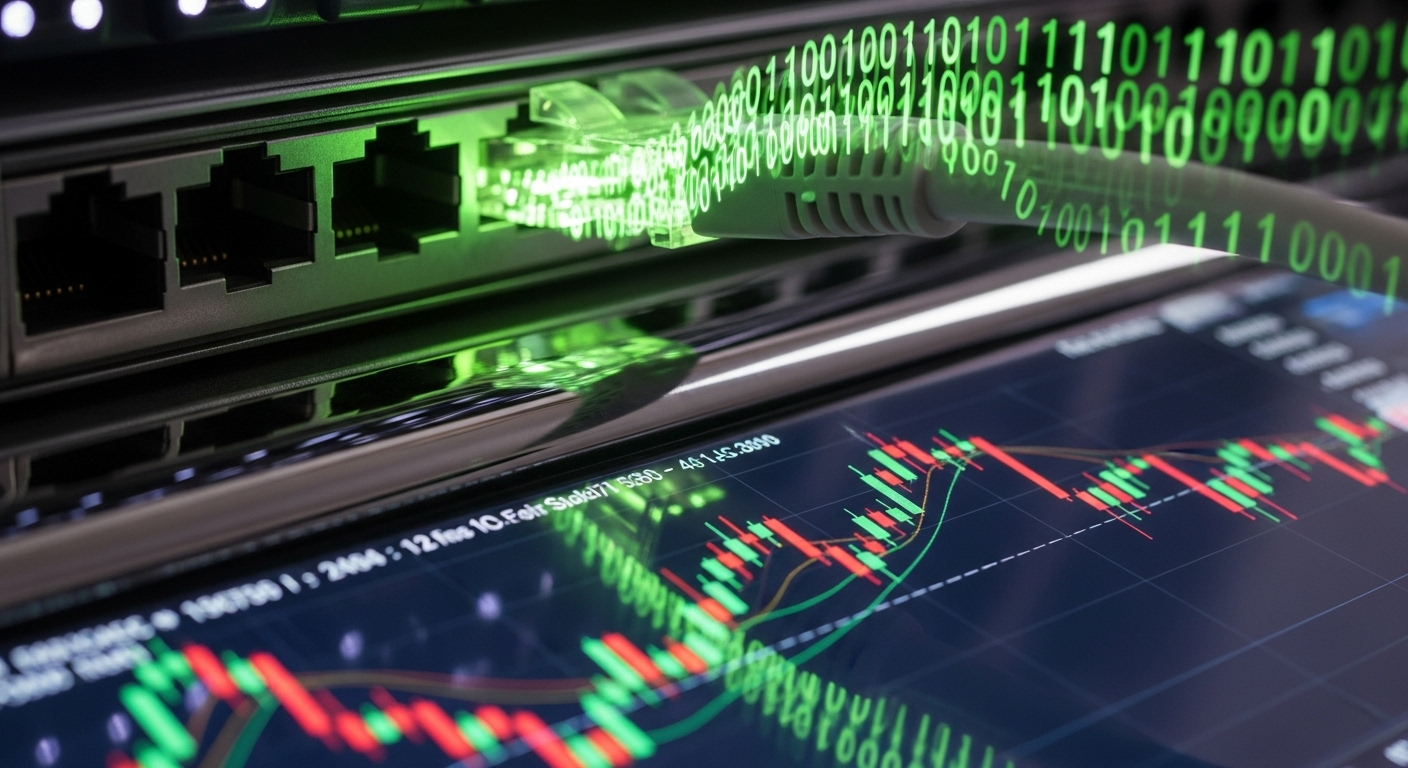In the fast-paced world of forex trading, every millisecond counts. Low latency forex has emerged as a critical advantage for traders seeking to gain a competitive edge. It refers to the minimal delay in data transmission and order execution, ensuring traders can react swiftly to market movements and capitalize on fleeting opportunities. If you’re serious about optimizing your trading performance, understanding and implementing low latency solutions is essential.
Ready to experience the benefits of rapid execution and enhanced trading efficiency? Let’s explore the world of low latency forex and uncover how it can transform your trading strategy.
Jump To Section:
- What is Low Latency Forex?
- Why Speed Matters in Forex Trading
- How Low Latency Improves Order Execution
- Selecting a Low Latency Forex Broker
- Optimizing Your Trading Environment for Low Latency
- Technology and Low Latency Trading
- Measuring and Enhancing Your Latency
- Conclusion
What is Low Latency Forex?
Low latency forex refers to a trading environment characterized by minimal delays in the transmission of data and the execution of orders. In simpler terms, information travels faster, and trades are executed more quickly. This is achieved through advanced technology, optimized infrastructure, and strategic server locations. The goal is to reduce the time it takes for a trader’s order to reach the broker’s server and be processed, ultimately leading to faster and more efficient trading outcomes.
Why Speed Matters in Forex Trading
In the forex market, speed is paramount. Market prices can fluctuate rapidly, and even a slight delay can result in missed opportunities or unfavorable execution prices. Low latency allows traders to react quickly to market changes, enter and exit positions at desired prices, and capitalize on short-term trends. For high-frequency traders and those employing algorithmic strategies, low latency forex is not just an advantage; it’s a necessity for profitability.
How Low Latency Improves Order Execution
Order execution is directly impacted by latency. With low latency, orders are executed closer to the intended price, reducing slippage and improving overall profitability. This is particularly crucial during periods of high volatility when prices can change dramatically in a matter of seconds. By minimizing delays, low latency ensures that traders get the best possible price for their trades, enhancing their potential returns.
Selecting a Low Latency Forex Broker
Selecting a broker that prioritizes low latency is a critical step in optimizing your trading performance. Look for brokers that offer:
- Direct Market Access (DMA): DMA provides traders with direct access to the forex market, potentially bypassing intermediaries and reducing latency.
- Co-location Services: Brokers with co-located servers place their trading infrastructure close to major exchanges, minimizing the distance data needs to travel and reducing delays.
- Advanced Technology: Brokers that invest in cutting-edge technology and infrastructure are more likely to offer low latency execution and a superior trading experience.
Research and compare different brokers to find one that meets your specific low latency requirements and trading style.
Optimizing Your Trading Environment for Low Latency
In addition to choosing the right broker, optimizing your trading setup can further reduce latency and improve execution speeds. Consider the following:
- High-Speed Internet Connection: A stable and fast internet connection is essential for minimizing delays in data transmission. Consider a dedicated fiber connection if available.
- Virtual Private Server (VPS): A VPS allows you to host your trading platform on a remote server located close to your broker’s servers, reducing latency and improving stability.
- Optimized Trading Platform: Ensure your trading platform is properly configured and optimized for speed. Close unnecessary charts and indicators to reduce processing load.
Technology and Low Latency Trading
Technology plays a pivotal role in achieving low latency in forex trading. Advanced algorithms, fiber optic networks, and high-performance servers are all essential components of a low latency trading environment. Brokers and technology providers continuously invest in these technologies to provide traders with the fastest and most efficient execution possible, creating a competitive landscape where speed is a key differentiator.
Measuring and Enhancing Your Latency
It’s important to measure your latency to identify potential bottlenecks and areas for improvement. Many brokers provide tools for measuring execution speeds and identifying potential sources of delay. By monitoring your latency, you can fine-tune your trading setup and optimize your performance for consistently faster execution.
Conclusion
Low latency forex is a game-changer for traders seeking to maximize their profitability and gain a competitive advantage in the forex market. By understanding the importance of speed, choosing the right broker, optimizing your trading setup, and leveraging advanced technology, you can unlock the full potential of low latency trading. Embrace the power of speed and efficiency to elevate your forex trading to new heights and achieve your financial goals.



